After Barbara Zangerl and Jacopo Larcher, Symon Welfringer sends also „La Voyage“ (8c), the most difficult trad route in France. After a long „resting phase“, the 38-metre route now received its third ascent this year. Symon himself would graded the route as 8b+. Probably the most difficult trad route in France was first climbed by none other than James Pearson in 2017 in the crag Chambre du Roi-Annot.
„The tension is palpable, with each move, I am afraid. Not necessarily of the fall, but this sensation so particular to trad routes, you raise your head and nothing sticks out, no quickdraws, no spits, only a splayed crack, small poofed holes, you feel quite alone.“
It was one of my dreams to climb such a route, the definition for me of the beauty of climbing: a pure line following the natural asperities for 45m, a wall free of any artifice and the need to place all the protections, more or less solid, yourself. All this on a rock of exceptional quality with incredible movements. So many superlatives for a piece of rock but it was a great emotion to succeed in climbing this „Voyage“.
I’ve been hearing about this route for a while now, initially as an extreme project in a gloomy place, such a description gave little desire and completely underestimated the splendour of the line. In 2017, Grit maestro James Pearson took on this project and ended up doing what he called „Le Voyage“ which is none other than the hardest traditional climbing route in France. After its ascent, the line remains rather unknown and is only rarely repeated.
Personally I waited a while before trying this piece of climbing, firstly because I was afraid of the difficulty but also because of the commitment, the E10 rating corresponds to a substantial commitment on sometimes bad protection. At the end of this winter I feel rather fit and ready to break the myth, first on the top rope .
After 4 stall climbs I succeed the route in moulin, what seems to be a very technical 8b+ with a fairly short hard section but so demanding, especially on the footing which is microscopic and sandy. I took a lot of time to set up my methods during the first climbs with incessant zipping but after these first sessions I am quite confident, I have identified the different protection locations and the belayers to use right hand, left hand, I set up my little strategy…“


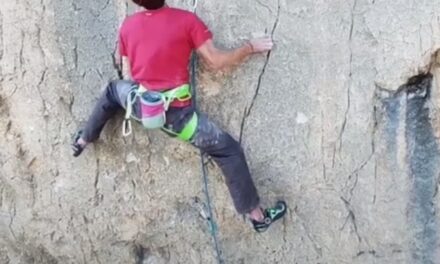
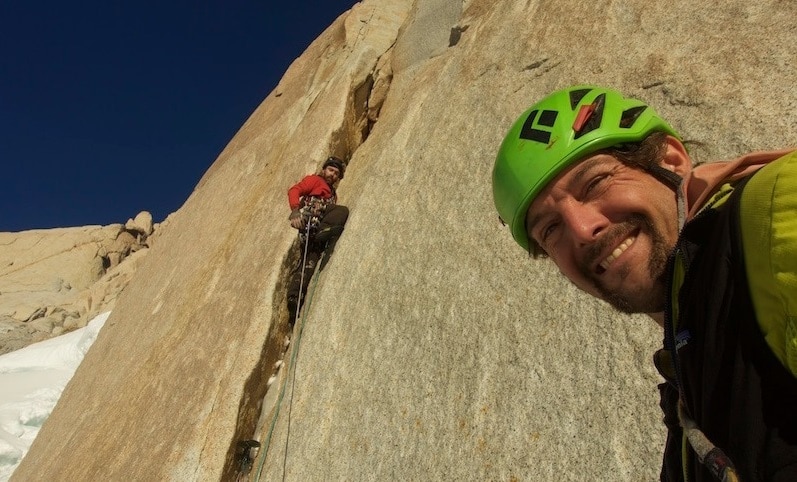



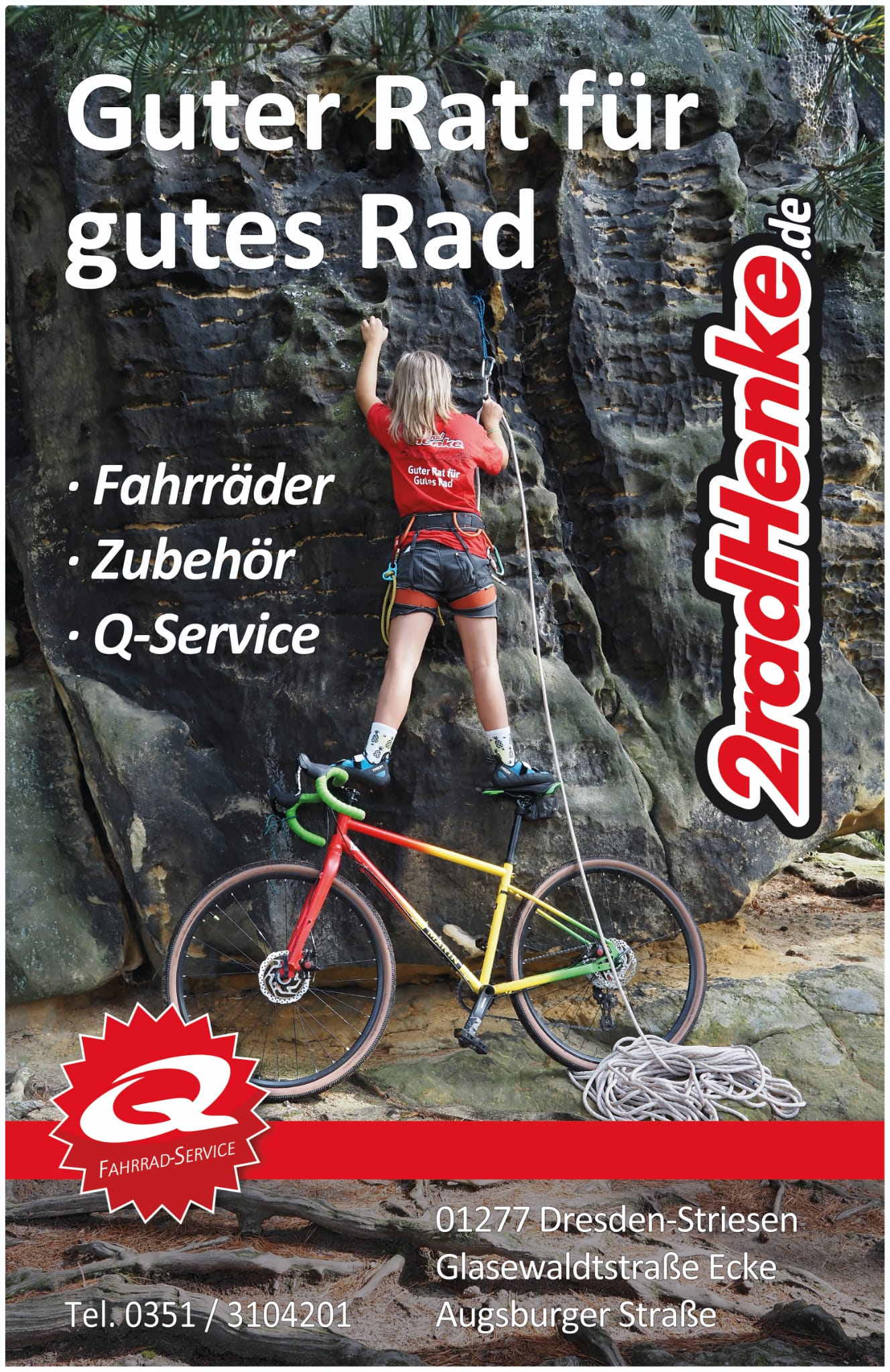
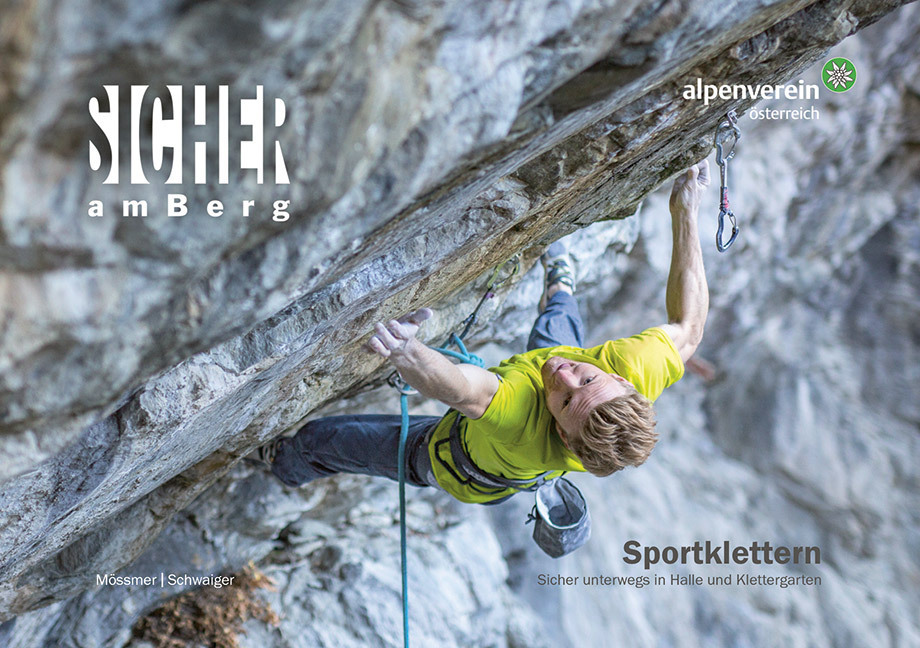
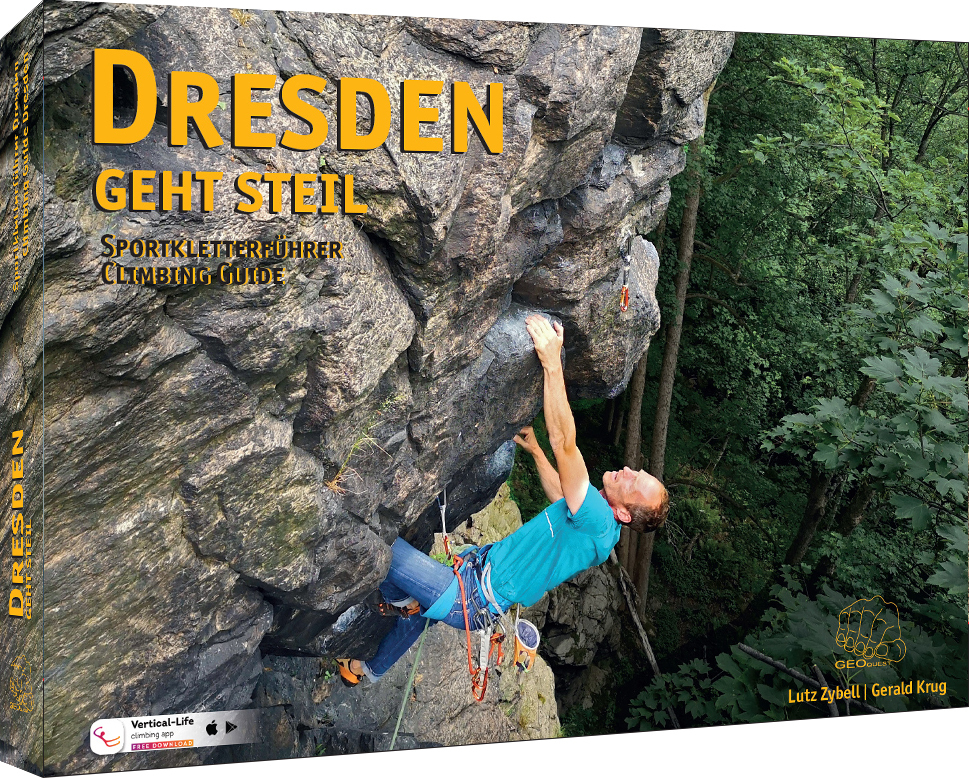
Genau, liebe Helga, weil dein Weltbild nicht zulässt, dass sich Gesellschaften und ihr Blick auf die Geschichte verändern und damit…
Allein die Frage scheint ein perfektes Beispiel eines linksgutmenschlichen Bilderstürmers zu sein. Selbstverständlich sind solche Begriffe nicht rassistisch, sondern die…
Ich reiche hiermit die fehlende Quelle des Direktzitats nach: https://kayakandclimb.blogspot.com/2023/11/free-karma-on-half-dome.html?m=1
Please contact Tobias Wolf via https://kayakandclimb.blogspot.com/ Cheers Gabi
Hi ! well done for the FFA of Charliberté !! I'm looking for a really good picture of this area…